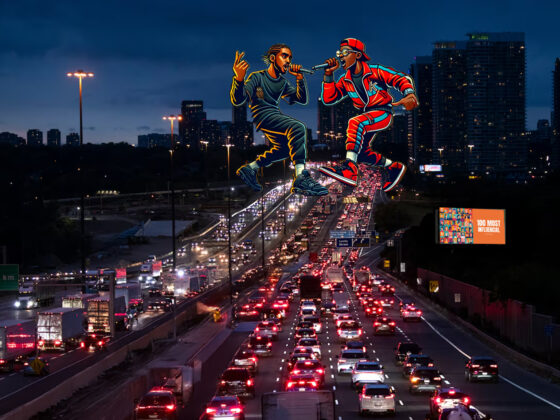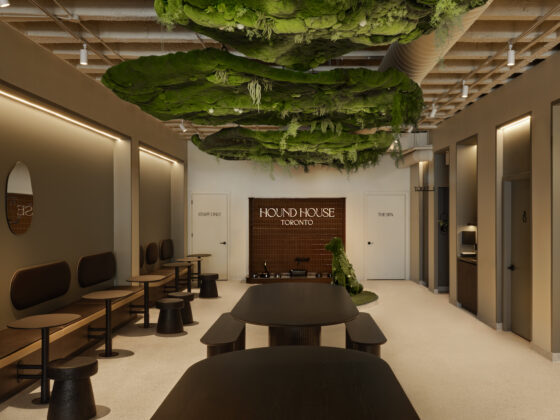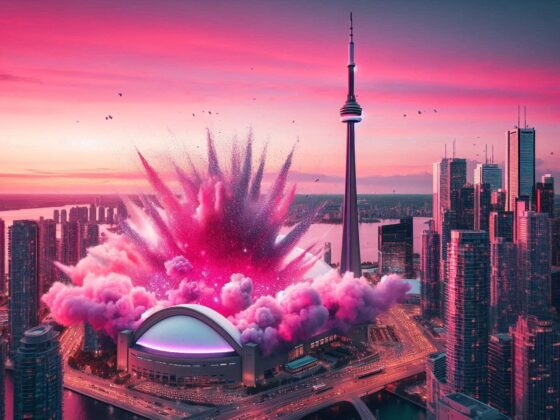As the Black Lives Matter movement weighs heavy on the shoulders of the Black community in Toronto and around the world, many are concerned about the mental health and wellbeing of Black people during this time.
“This is an overwhelming time for everyone,”
said Donna Alexander in a phone call with blogTo. Alexander is a Black social worker who provides ethno-specific mental health services to Black youth in Toronto.
Indeed, it is an overwhelming time when tragedy seems to subsist in the city. Last Wednesday, many felt the death of 21-year-old Toronto rapper Houdini was trivialized by the Toronto Sun’s “insensitive” front page cover.
ADVERTISEMENT |
Just days after Houdini’s death, thousands took to Christie Pits park to rally for police accountability in the case of 29-year-old Regis Korchinski-Paquet who died after falling from the 24th-floor balcony of an apartment.
Thousands gathered at Christie Pits on May 30 prior to the start of the Justice for Regis march in T
All of this follows Black Lives Matter protests across the U.S. sparked by the killing of a Black man named George Floyd by a Minneapolis police officer. Many Torontonians showed solidarity with American protesters through local marches, donations and continuing the conversation online.
Although many within the Black community feel this is a revolutionary moment, it’s also described as an exhausting time.
ADVERTISEMENT |
“It is extremely traumatizing for Black people to repeatedly see Black deaths in real time on social media,” said Alexander.
While she recognizes the importance of sharing Black Lives Matter Posts, she notes that sharing graphic images of police brutality or racist attacks can further traumatize the Black community.
“People experience flashbacks where they begin to see these images over and over. It affects their sleep, they get hyper vigilant, and then they become anxious in public because even the sight of a police officer or police car physiologically makes them experience symptoms of fear,” said Alexander.
She explained the heaviness people are currently feeling can be described as collective loss.
“It’s the lack of control, a feeling that you can do everything right and still be punished as a Black person.”
ADVERTISEMENT |
Alexander provided tips on how people can raise awareness for Black Lives Matter without actually sharing graphic images that end in fatality.
Here’s what people can do:
- Use words and comments online instead of reposting images
- Reach out and talk with people through Zoom, WhatsApp or FaceTime
- Use art, poetry and music to express Black stories
When asked how people can calm their unease, Alexander believes sometimes, it’s best to sit with the pain.
“It’s beneficial sometimes to sit in anger, pain and sadness because it will pass and we need to increase our tolerance of these feelings. We also need to know when we’ve had enough, when we need to disconnect, increase our self-care and do more for our stress management. We need to know how our body holds stress and figure out what we’re going to do to self soothe and take care of our mental and spiritual self,” she expressed.
ADVERTISEMENT |
In addition to arts, music and exercise, she mentions it’s good to briefly get out and connect with nature on social-distance walks.
As the pandemic continues, she acknowledges it may be even more difficult because people feel isolated. Yet, she notes it’s important to plan talks with friends and families because talking is the best thing people can do right now.
“Oftentimes, it’s not what happened to us that traumatizes us. It’s what has happened to us, that we cannot talk about that traumatizes us. We need to give voice to our traumas.”
ADVERTISEMENT |
Alexander provided a list of resources for Black people within Toronto who are looking for mental health support. She highlighted that it’s okay to ask for a Black counsellor – people need to know they are talking to someone that can relate.
For a full list, please see the full article on BlogTO.com.






